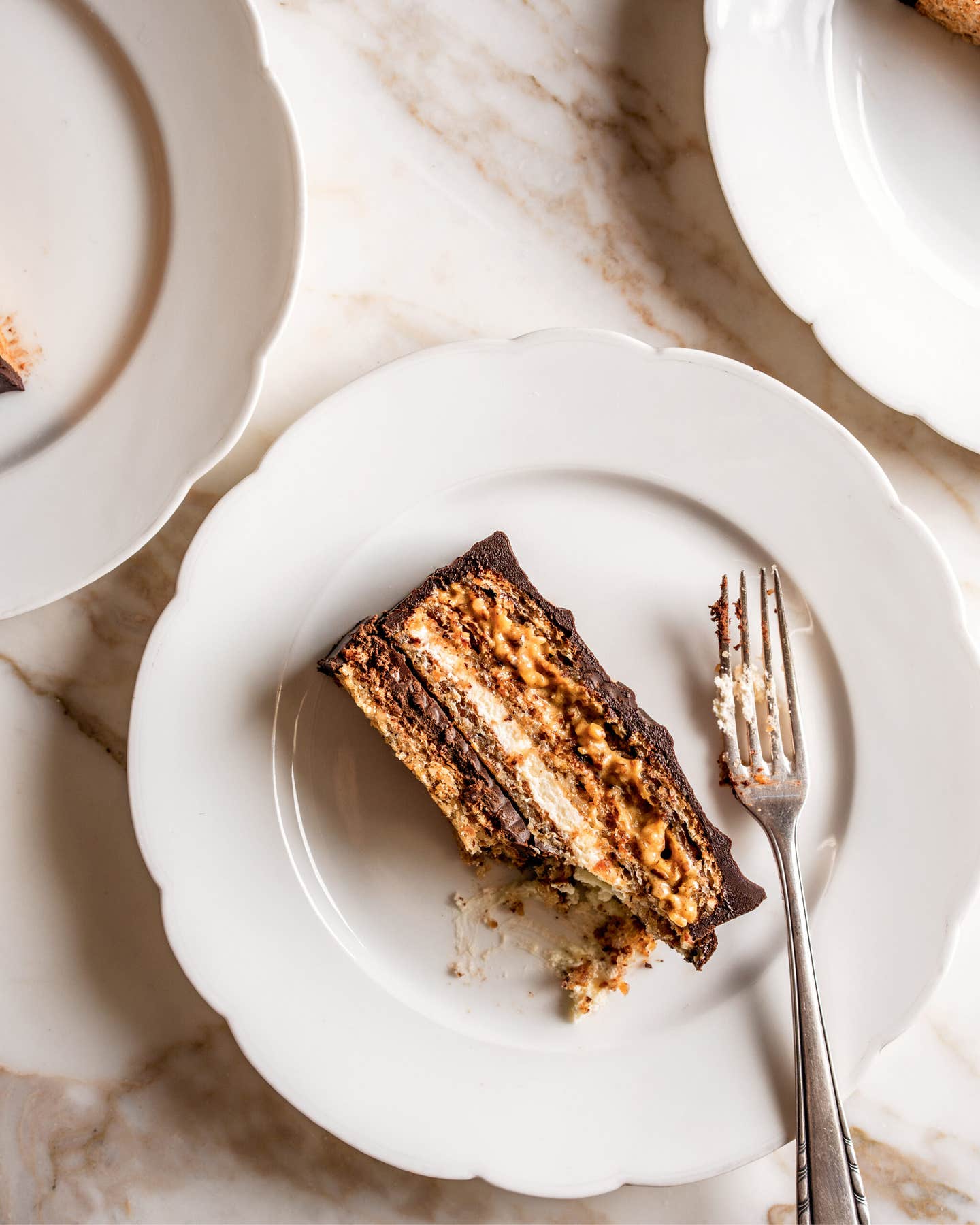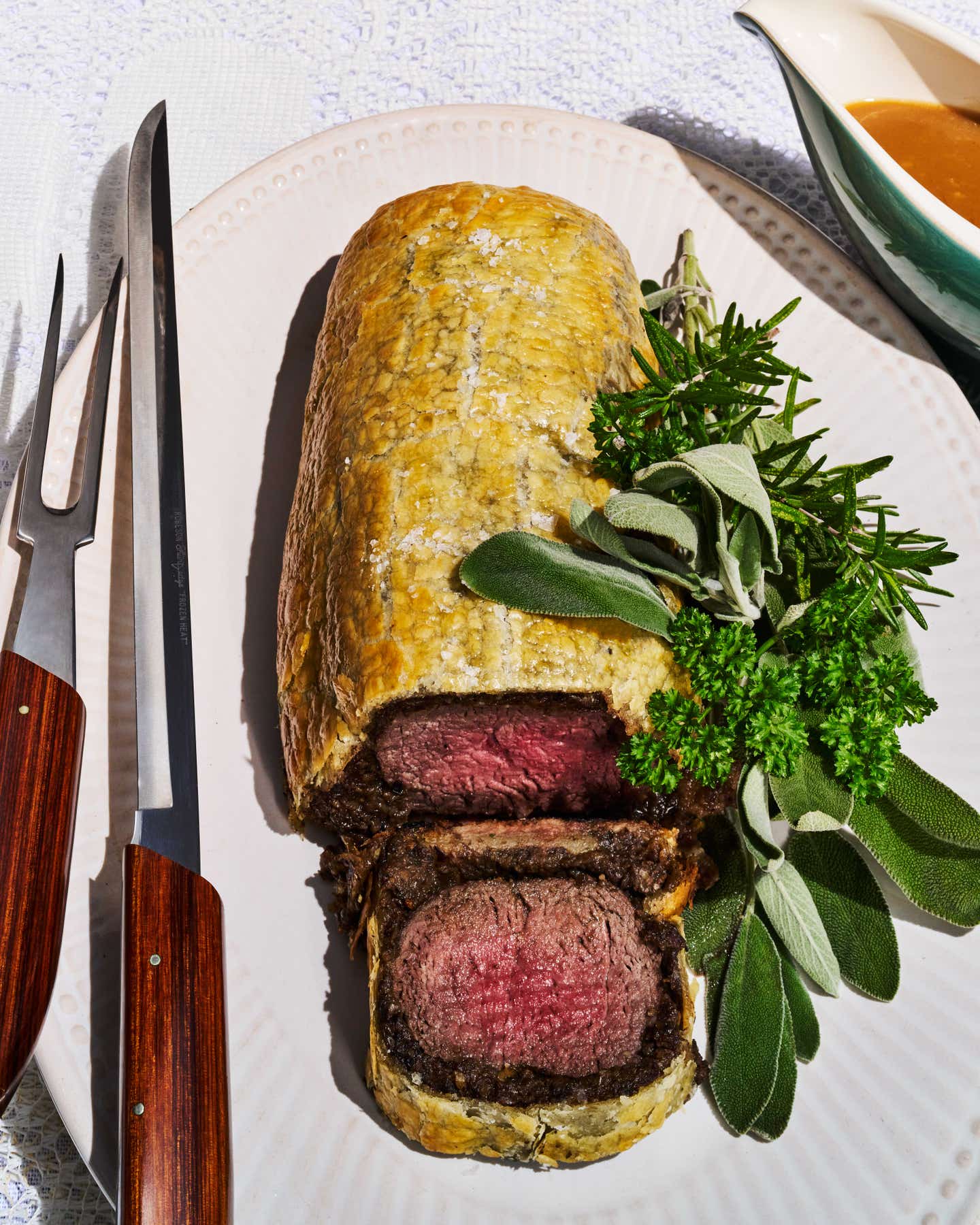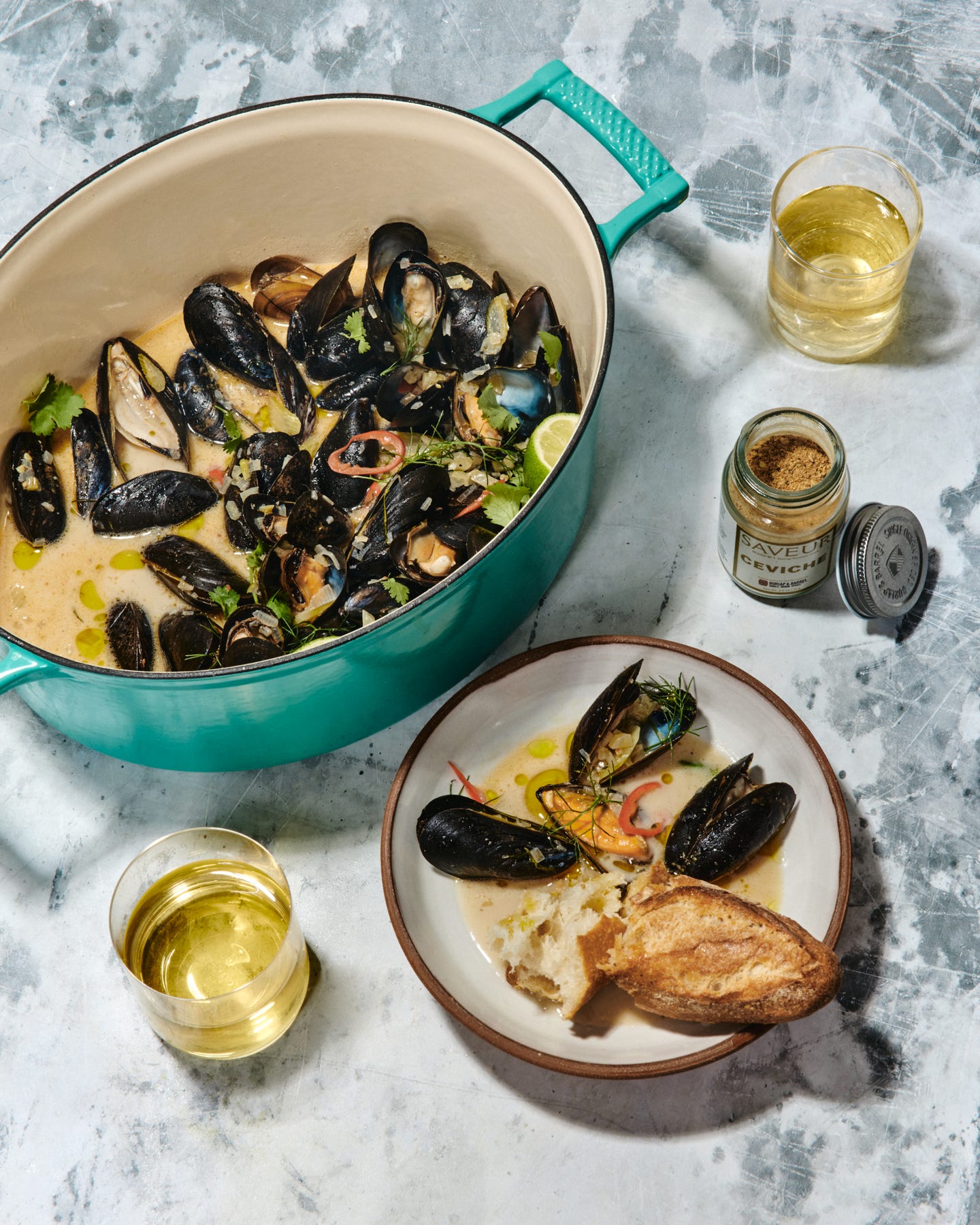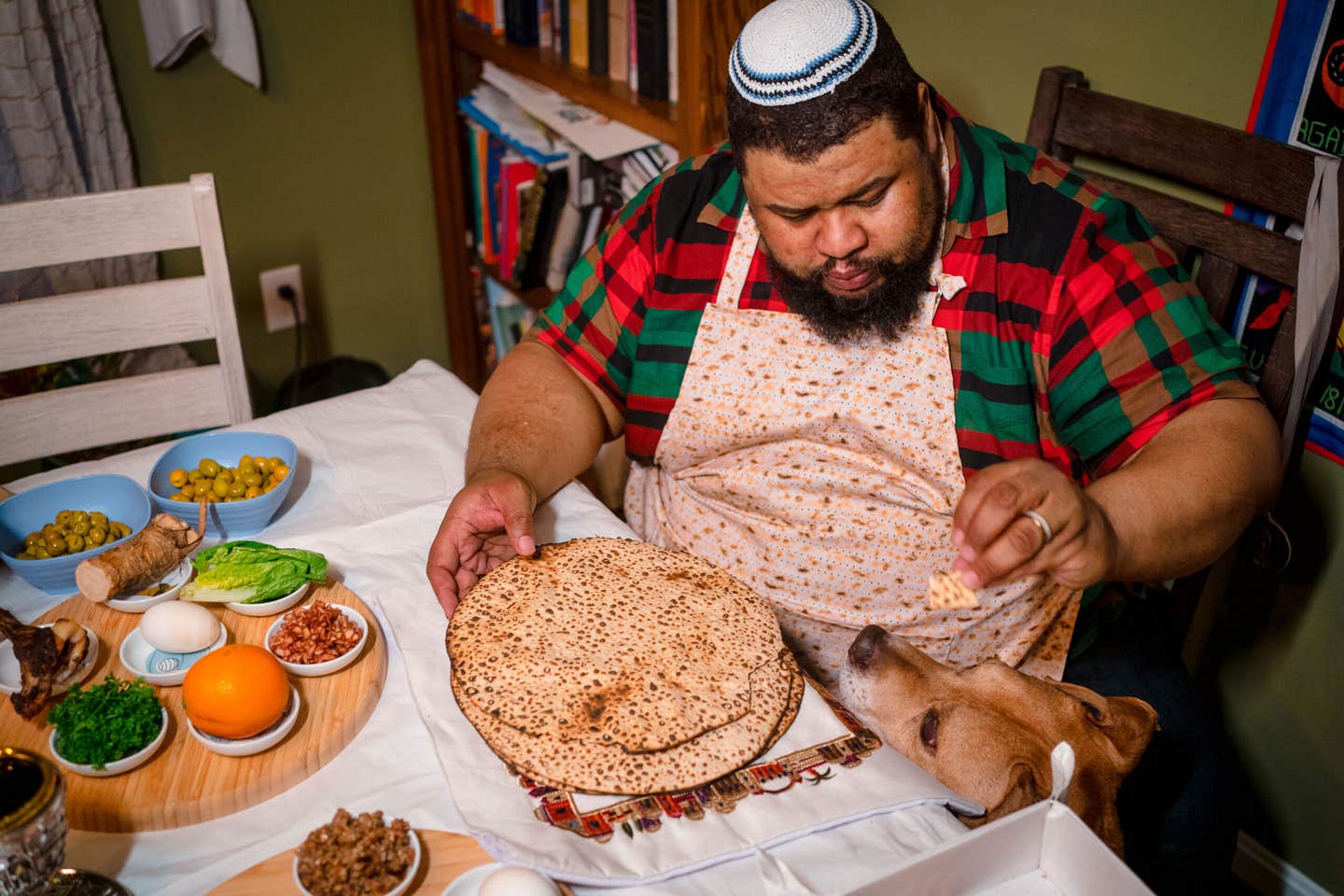
For Cookbook Author Michael Twitty, African and Jewish Diaspora Cuisines Share a Crucial Bond
“Civilizations without borders re-create themselves after tragedies and traumas, and they migrate and mutate in response.”
It was partly by using food to teach seventh-graders about the Shoah and trying to communicate the deeper ways to understand loss, memory, and a retained culture that I began to appreciate how much the cuisines of Black and Jewish Diasporas had in common. Civilizations without borders re-create themselves after tragedies and traumas, and they migrate and mutate in response. Just as important, and maybe more important, as what their canons dictate is how their constructs grow and push the culture and its cuisines forward. In particular, the legacies of African Atlantic/African American and Ashkenazi Jewish cultures in the West are important, given the rich dialogue generated by two hundred or so years of common concerns and evolving cooperation and conflict in the United States. Above all is the familiar guest, trauma, and its best friend, want.
Yiddish foodways are extremely beautiful because there are so many similar issues with their cultural interpretation of African American foodways. They even have the same kind of language transmission—the recipes were passed to the next generation in a terse vernacular that bridged ancient homelands and new realities. (Yiddish wasn’t “bad German,” and AAVE [African American Vernacular English, or Ebonics] wasn’t bad English; they were languages born in their place to facilitate specific communal transitions.) In my opinion, people ascribe way too much to ingenuity and poverty; “that’s all they had” gets said, and then a shrug, a look, a dismissal. No, that’s not enough. What does it mean to see these others and how they eat and know what you eat and what you have to have and translate everything in a vernacular born in exile, mixing ideas from all the places you’ve been?
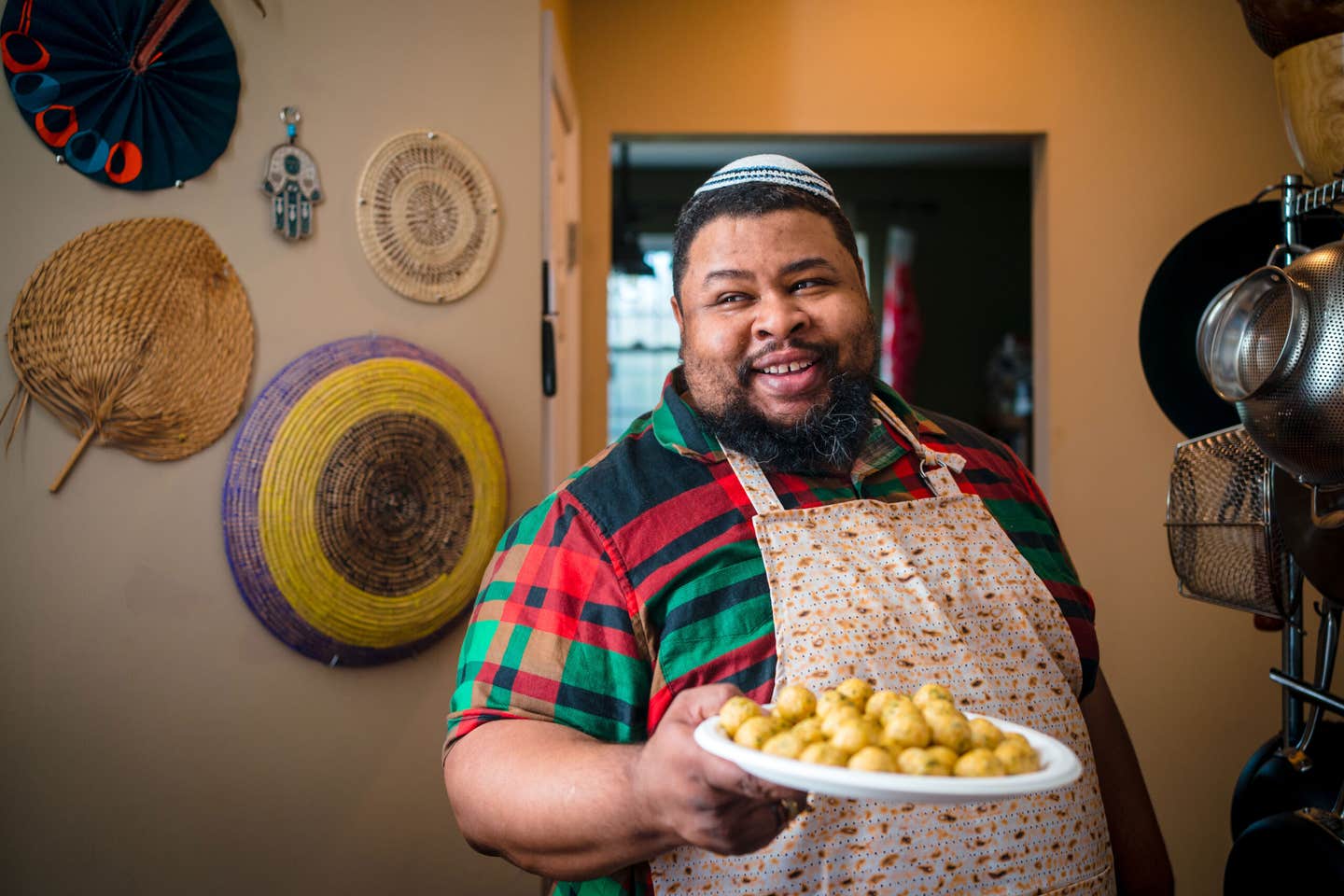
What’s most galling is that we’ve generally missed the mood that looms over both Yiddish food and soul food traditions. They are exploited and extolled for their comfort but demeaned for their lack of health benefits or damned as irrelevant. There is a familiar feeling of shame among some: Yiddish food was pre-Shoah/ Holocaust food, the food of balobostehs (homemakers) and weakened, starving, pious yeshivah boys compared with Newish-Jewish (Israeli-Mediterranean food—the food of the sabra). Soul food was that of ignorant “slaves” fed a diet to match their bonds in other ways, something to keep them in physical chains that did not require shackles. One recent news story spoke of an employee at Ikea who was offended that his manager served watermelon because “the masters gave that to the slaves,” a complete fallacy.
In both cases, the foods of Ashkenazi Jews and Black Americans have been maligned and marginalized right along with the people. If the food was corrupt, so was the beleaguered, antiquated way of life we no longer have a taste for because it embarrasses us. However, these were survivors; they were hyperaware of the seasons, frugal and attentive, and most of all, they used their food to show transgenerational love. The idea that something somehow lacked in their gastronomy or worldview came from without, not from within. When people feel that connection between Jews and Blacks in America, it’s not just in struggle, or in satire or survival; it’s in the very soul of the cooking itself.
When people ask me about my favorite “Jewish” food, I say kasha varnishkes. I understand it. It’s the best of the earth in one bowl. The barley that people saw in fields, the pasta it took G-d and miller and mother to partner in making, and onions—the soul of any soul cuisine, brown and sweet and savory and present—are all in one dish with butter or schmaltz and salt. What more do you need? I see all the people and the feelings they had about their food and their position in life, their pride despite their degradation, and the sense of relief when they got to enjoy just one more thing in life.
As I write this bricolage narrative, it becomes clear that a linear account of Jews and Blacks eating and cooking together or for each other is thorny because we are so often oppressed and marginalized and pushed to the edges. So much is missing, but worse yet, the generations descended from the survivors sometimes do not know how to feel about or comprehend their Ancestors. And yet, our job is to bridge the chasms and feel our way back to a place where we can see beyond imposed lenses that regard us as earth-shatteringly oppositional and then to seek out history. Those accounts, where we find common ground in spirit and purpose, do exist. Food was where these common Ancestors of mine tucked away secrets, hopes, and tactics for overcoming being forgotten and telling a story in which all humans could see themselves reflected.
Excerpted from KOSHERSOUL by Michael Twitty. Reprinted with permission of the publisher, AMISTAD, an imprint of HarperCollins. Copyright © 2022 by Michael Twitty.
Recipe
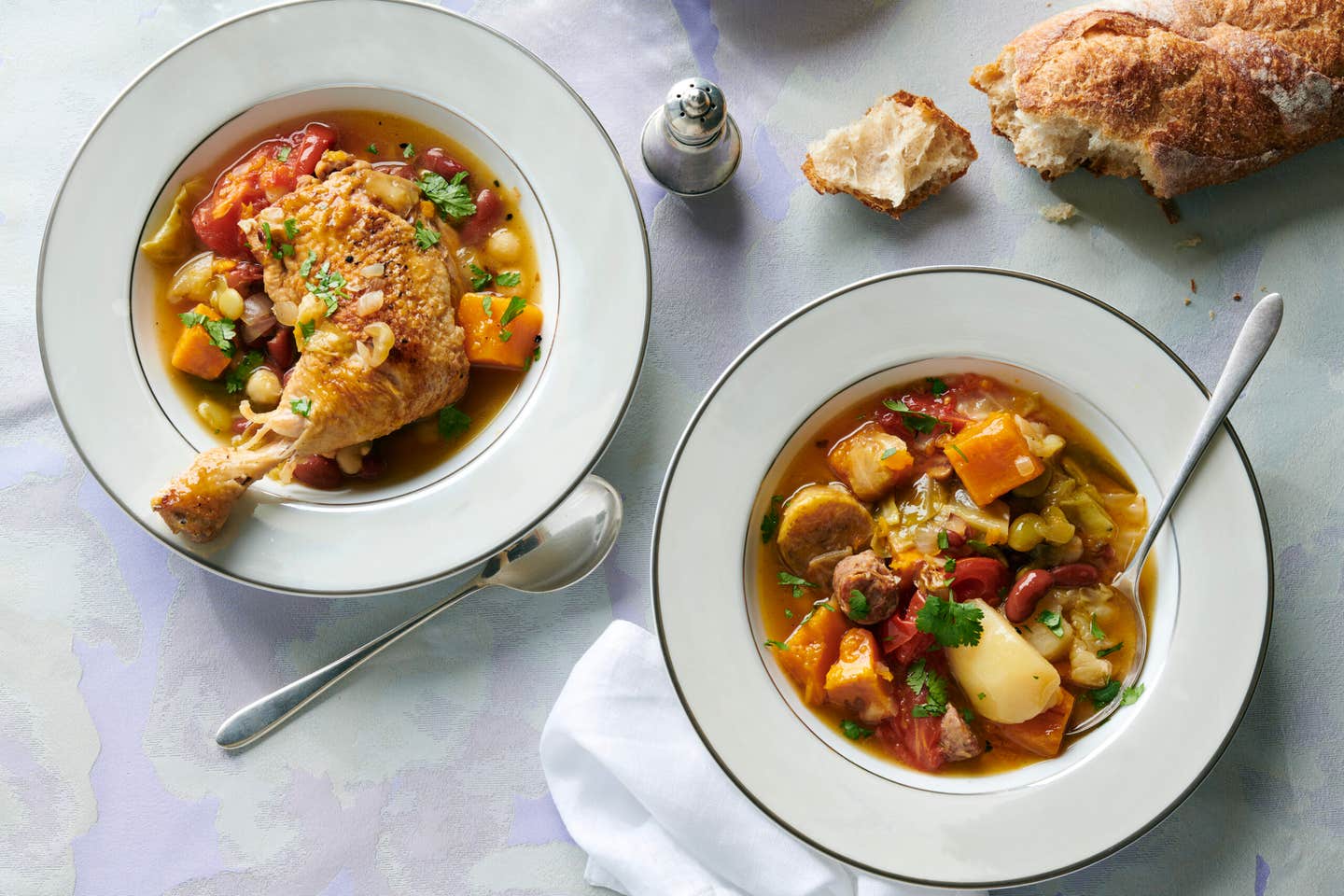
Keep Reading
Continue to Next Story




